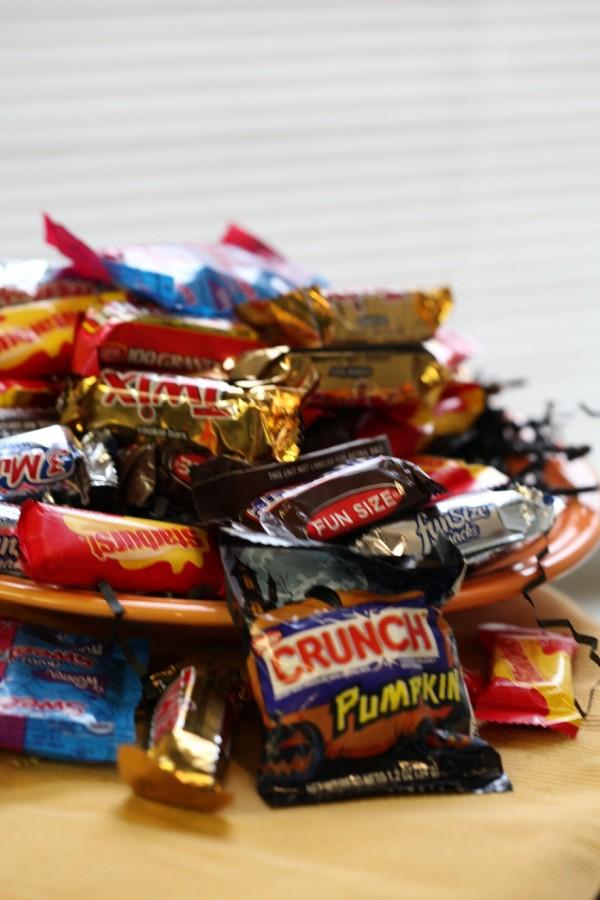On Oct. 31 an array of ghastly characters will run rampant through the streets reciting the three worded mantra, “trick or treat.” Halloween is the only day out of the year where it is deemed acceptable to take candy from strangers, while wearing a guise of choice for the night.
With its origin deep rooted in the Celtic festival called Samhain (pronounced sow-in), this time of year to the Celts represented a time of returning life. With the Celtic New Year starting on Nov. 1, they believed that the eve to this day carried with it the spiritual properties of the underworld. On this day, the veil between the spirit world and the living was at its thinnest, thus those in the living world would be able communicate with those who are deceased.
The celebration of Halloween in early colonial America was limited, due to the strong Protestant beliefs that were intact. The Halloween which most Americans are accustomed to now, hailed from the southern colonies. With the meshing of different Europeans ethnic beliefs with those of American Indians, a distinctly more Americanized holiday emerged from the two cultures.
More so than ever, the war on this holiday can be seen throughout the nation. With school districts turning the once Halloween themed celebrations, into “Fall Festivals” many wonder about the longevity of this spooky holiday.
In a report for The Columbus Dispatch, published Oct.13, Jon Hood a Principal at Bexley elementary school in Columbus, Ohio, weighs the notion of a district wide ban of Halloween actives. In it, Hood states that an estimated 10 percent of families keep their children at home on Halloween or request that their children stay out of Halloween parties.
Hood states that most of these children stay out of these activities for religious purposes, while others state financial disparity for opting out of the festivities. Nonetheless, parents were quick to show their displeasure with the ordeal. A petition was gathered overnight with over 140 signatures from parents, Jen Robinson, a parent who supports the idea of holding Halloween themed festivals at the school states, “There clearly is passion, and people want this on Halloween… ”
Much like most of the holidays America so proudly celebrates, the war on Halloween can be seen by many as a war on capitalism as well. A study done by The National Retail Federation concludes that “All Hallows Eve” is “one of the fastest-growing and most widely loved holidays,” with shoppers spending more than an estimated $6.9 billion on costumes, candy, and decorations to get into the spirit, which is down from last year’s $8 billion of total spending. But don’t be discouraged, the National Retail Federation states, the overall average spending has increased 55 percent since 2005.
Ultimately, Halloween should be seen as nothing more than a way to spread joy, by spending cash and getting spooked along the way. Because what could be more American than that.




